Filter by
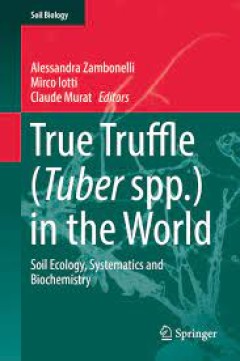
True Truffle (Tuber spp.) in the World
This book focuses on the taxonomic diversity of the genus Tuber as economically important truffles. In contributions by internationally respected scientists, it examines truffle systematics, interactions with abiotic and biotic environments, strategies for spore dispersal, and molecular processes in truffles. Topics discussed include: evolutionary theories and phylogeny of Tuber species from As…
- Edition
- 1
- ISBN/ISSN
- 978-3-319-81040-9
- Collation
- XIV, 436
- Series Title
- Soil Biology
- Call Number
- -
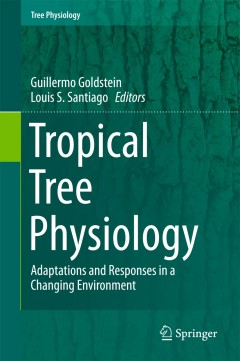
Tropical Tree Physiology
This book presents the latest information on tropical tree physiology, making it a valuable research tool for a wide variety of researchers. It is also of general interest to ecologists (e.g. Ecological Society of America; > 3000 or 4000 members at annual meeting), physiologists (e.g. American Society of Plant Biologists; > 2,000 members at annual meeting), and tropical biologists (e.g. Associa…
- Edition
- 1
- ISBN/ISSN
- -
- Collation
- XVIII, 467
- Series Title
- Tree Physiology
- Call Number
- -

Grain Legumes
This book is devoted to grain legumes and include eight chapters devoted to the breeding of specific grain legume crops and five general chapters dealing with important topics which are common to most of the species in focus. Soybean is not included in the book as it is commonly considered an oil crop more than a grain legume and is included in the Oil Crops Volume of the Handbook of Plant Bree…
- Edition
- -
- ISBN/ISSN
- 978-1-4939-2796-8
- Collation
- XIX, 438
- Series Title
- -
- Call Number
- 581.5 GRA

Advanced Microscopy in Mycology
The aim of this volume is to describe the latest advances in microscopic methods, including integrated techniques, as applied to mycology. Each chapter will provide a brief overview of a particular microscopic method with associated advantages and limitations, the research questions that can be appropriately addressed using these microscopic methods, how it has been successfully applied to addr…
- Edition
- Ed. 1
- ISBN/ISSN
- 978-3-319-22437-4
- Collation
- XII, 164
- Series Title
- Fungal Biology
- Call Number
- 581.1 ADV a
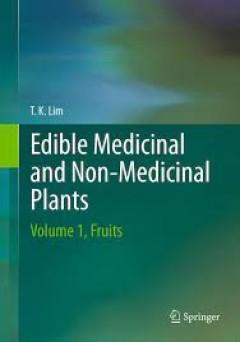
Edible Medicinal and Non-Medicinal Plants
This book covers such plants with edible modified storage subterranean stems (corms, rhizomes, stem tubers) and unmodified subterranean stem stolons, above ground swollen stems and hypocotyls, storage roots (tap root, lateral roots, root tubers), and bulbs, that are eaten as conventional or functional food as vegetables and spices, as herbal teas, and may provide a source of food addi…
- Edition
- 1
- ISBN/ISSN
- 978-3-319-26064-8
- Collation
- -
- Series Title
- -
- Call Number
- X, 690
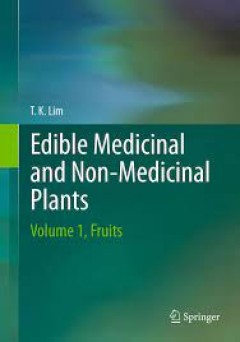
Edible Medicinal and Non-Medicinal Plants
This book covers such plants with edible modified storage subterranean stems (corms, rhizomes, stem tubers) and unmodified subterranean stem stolons, above ground swollen stems and hypocotyls, storage roots (tap root, lateral roots, root tubers), and bulbs, that are eaten as conventional or functional food as vegetables and spices, as herbal teas, and may provide a source of food additive o…
- Edition
- 1
- ISBN/ISSN
- 978-3-319-26061-7
- Collation
- -
- Series Title
- -
- Call Number
- X, 392
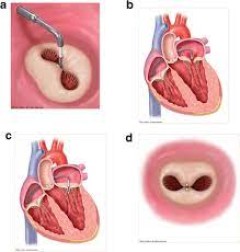
Edible Medicinal and Non Medicinal Plants
Volume 9 is part of a multicompendium Edible Medicinal and Non-Medicinal Plants, on plants with edible modified stems, roots and bulbs from Acanthaceae to Zygophyllaceae (tabular) and 32 selected species in Alismataceae, Amaryllidaceae, Apiaceae, Araceae, Araliaceae, Asparagaceae, Asteraceae, Basellaceae, Brassicaceae and Campanulaceae in detail. This work is of significant interest to medical …
- Edition
- 1
- ISBN/ISSN
- 978-94-017-9510-4
- Collation
- -
- Series Title
- 73 b/w illustrations, 49 illustrations in colour
- Call Number
- X, 1036
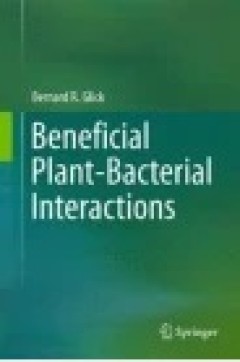
Beneficial Plant-Bacterial Interactions
This monograph provides an overview of beneficial plant-bacterial interactions in a straightforward and easy-to-understand format, and includes a wealth of unique illustrations elaborating every major point. Study questions that emphasize the key points are provided at the end of each chapter. One way to feed all of the people in the world’s growing population is through the increased use …
- Edition
- -
- ISBN/ISSN
- -
- Collation
- XII, 243
- Series Title
- -
- Call Number
- 580
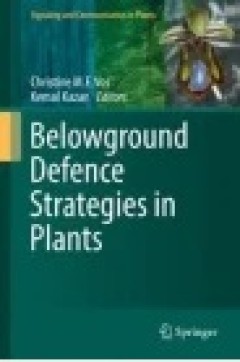
Belowground Defence Strategies in Plants
This book summarizes our current knowledge on belowground defence strategies in plants by world-class scientists actively working in the area. The volume includes chapters covering belowground defence to main soil pathogens such as Fusarium, Rhizoctonia, Verticillium, Phytophthora, Pythium and Plasmodiophora, as well as to migratory and sedentary plant parasitic nematodes. In addition, the role…
- Edition
- -
- ISBN/ISSN
- 978-3-319-42319-7
- Collation
- VIII, 410
- Series Title
- -
- Call Number
- 571.2

Nanotechnology and Plant Sciences: Nanoparticles and Their Impact on Plants
This book presents a holistic view of the complex and dynamic responses of plants to nanoparticles, the signal transduction mechanisms involved, and the regulation of gene expression. Further, it addresses the phytosynthesis of nanoparticles, the role of nanoparticles in the antioxidant systems of plants and agriculture, the beneficial and harmful effects of nanoparticles on plants, and the app…
- Edition
- 1
- ISBN/ISSN
- 978-3-319-36211-3
- Collation
- XII
- Series Title
- -
- Call Number
- -
 Computer Science, Information & General Works
Computer Science, Information & General Works  Philosophy & Psychology
Philosophy & Psychology  Religion
Religion  Social Sciences
Social Sciences  Language
Language  Pure Science
Pure Science  Applied Sciences
Applied Sciences  Art & Recreation
Art & Recreation  Literature
Literature  History & Geography
History & Geography